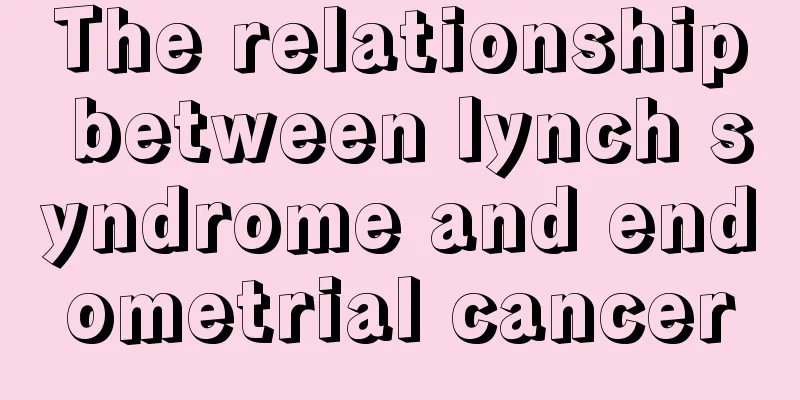How long does it take for temporomandibular joint disorder to heal

|
Temporomandibular joint disorder is a relatively common type of oral disease. Patients generally experience pain in the mandibular joint and inflexibility, and the joint function will be temporarily disturbed. If the patient suffers from temporomandibular joint disorder, he or she may sometimes feel frequent dizziness, which may cause a lot of inconvenience in life, so treatment must be sought as soon as possible. So, how long does it take for temporomandibular joint disorder to heal? Temporomandibular joint disorder syndrome is the most common disease in the oral and maxillofacial region, and its pathogenesis is not yet fully understood. The main clinical manifestations of this disease are pain in the joint area, joint clicking during movement, and mandibular movement disorders. Most cases are joint dysfunction with a good prognosis; but in very rare cases, organic changes may occur. Causes 1. Mental factors Psychological factors play a very important role in the occurrence and aggravation of temporomandibular joint disorder syndrome. 2. Traumatic factors Many patients have a history of local trauma. Such as acute trauma such as external impact, sudden biting of hard objects, opening the mouth too wide (such as yawning); also frequent chewing of hard food, nighttime grinding of teeth, and unilateral chewing habits. These factors may cause joint contusion or strain and dysfunction of the chewing muscles. 3. Occlusal factors Occlusion disorders can also lead to the occurrence or aggravation of temporomandibular joint disorder syndrome. Such as occlusal interference, excessive tooth wear, excessive molar loss, poor restorations, and low intermaxillary distance. Disorders in occlusal relationships can disrupt the functional balance between the internal structures of the joints and promote the occurrence of this disease. 4. Systemic and other factors Systemic diseases, such as rheumatoid arthritis, can also cause TMJ disorders. In addition, some iatrogenic factors, such as radiotherapy for nasopharyngeal carcinoma, can lead to structural and functional changes in the masticatory muscles and can also cause temporomandibular joint disorder syndrome. Clinical manifestations The main clinical manifestations of temporomandibular joint disorder syndrome include local joint soreness or pain, joint clicking and mandibular movement disorders. The pain may be located in the joint area or around the joints; it may be accompanied by tenderness of varying degrees. Joint soreness or pain is especially noticeable when chewing or opening the mouth. The snapping sound occurs when the mouth is opened. The sound can occur at different stages of mandibular movement and can be a crisp single sound or a series of fragmented sounds. Common movement obstacles include limited mouth opening, mandibular deviation when opening the mouth, and limited left and right mandibular movement. In addition, it may be accompanied by symptoms such as temporal pain, dizziness, and tinnitus. |
<<: Can purine metabolism disorder be restored
>>: What medicine should I take for autonomic nervous system disorder
Recommend
Brief analysis of dietary considerations for nasopharyngeal carcinoma patients after chemotherapy
Chemotherapy is a common method for treating naso...
How to treat brain cancer patients who can't eat
How to treat brain cancer patients who can’t eat?...
Overview of thyroid adenocarcinoma
Why does thyroid cancer occur? In fact, there is ...
Blisters turn into calluses
Basically everyone has calluses on their hands an...
Analysis of the treatment methods of skin cancer: surgical treatment
There are many methods for treating skin cancer c...
What are the diagnostic steps for glioma
Glioma is a relatively unfamiliar disease. Althou...
Can smoking cause tuberculosis? Is tuberculosis caused by smoking?
If tuberculosis is not treated in time, it will c...
Oncology experts teach you how to prevent aflatoxin, a first-class carcinogen
There is a toxin that is a very stable fungal tox...
Hemorrhagic fever vaccine
People will experience various things, big and sm...
How to whiten teeth?
While paying attention to skin whitening, we shou...
How long does it take for sperm and egg to combine?
Everyone knows that if a woman wants to get pregn...
What should I do if there are bubbles in the secondary fermentation of wine?
Wine is a type of wine that many people like to d...
There are detailed differences in colon cancer diagnosis technology for women
There are certain differences in tumor biology be...
Can washing with salt water make the whites of the eyes whiter? How to make the whites of the eyes whiter?
Clear and bright eyes are beautiful eyes that man...
What is the clinical staging of nasopharyngeal carcinoma and what is the dietary guidance?
What are the clinical stages of nasopharyngeal ca...









